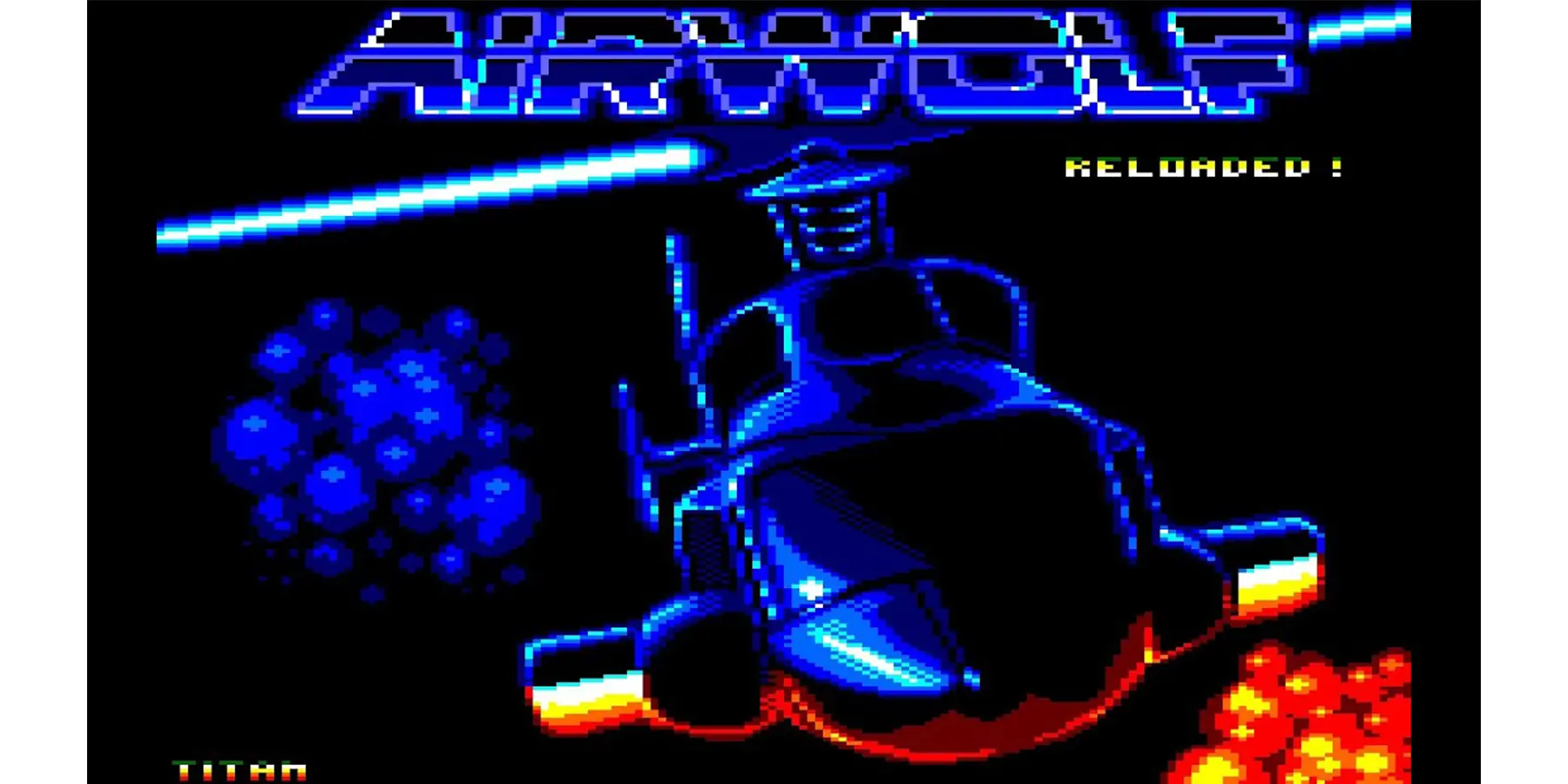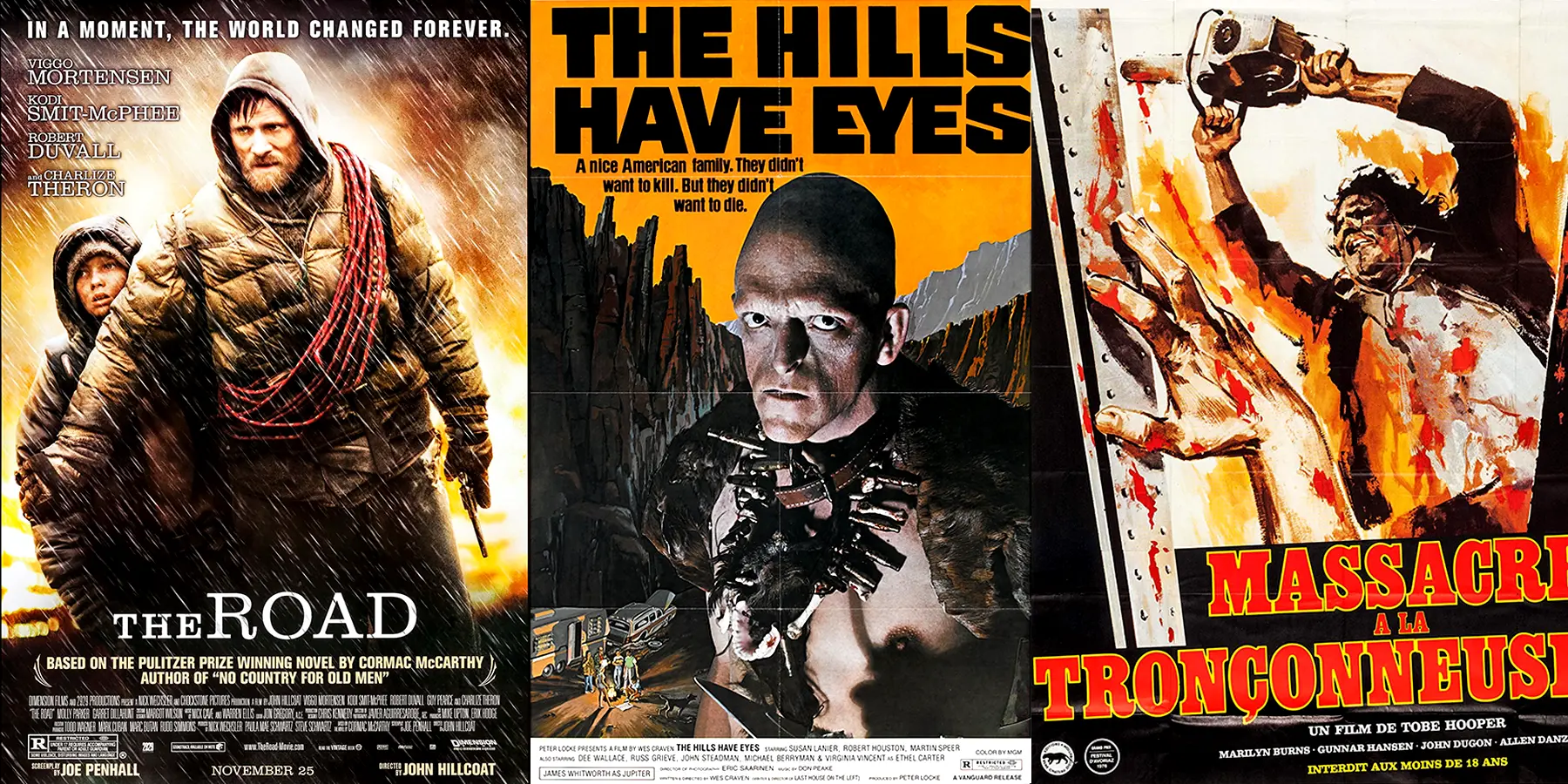In the golden age of high-concept TV intros and Cold War paranoia, Airwolf didn’t just show up—it screamed in at Mach 1. Premiering in 1984, this show wasn’t about a helicopter. It was about the helicopter—a sleek, black, heavily armed super chopper that could out-fly jets, spy on enemies, and absolutely shred your living room speakers with that synth-heavy theme song.
But under the missile racks and evasive maneuvers was something deeper: a story of surrogate family, national secrets, and a brooding pilot named Stringfellow Hawke who had all the charm of Batman but lived in a cabin with a cello.
Let’s throttle into the strange, explosive legacy of Airwolf.
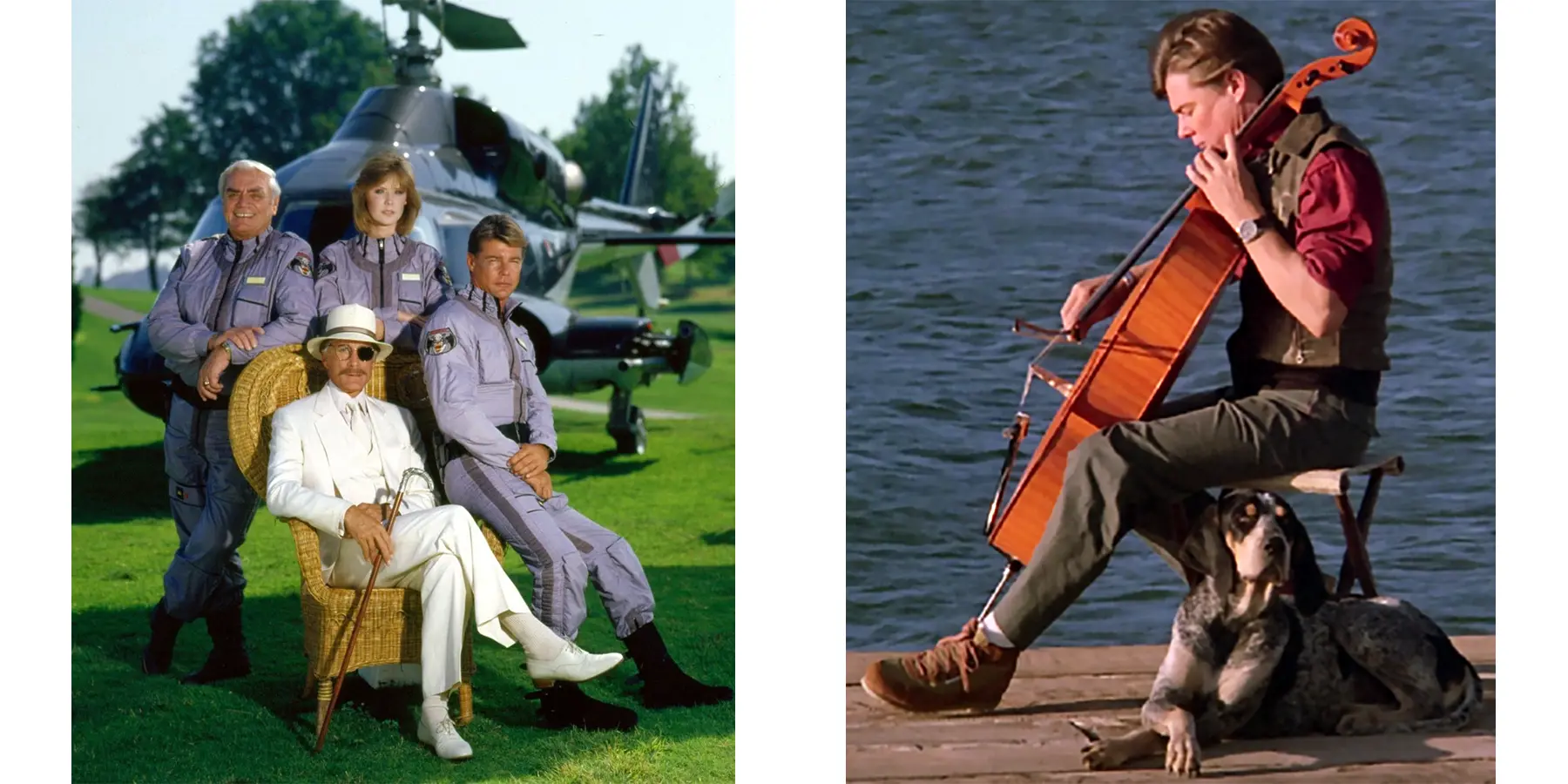
What Made Airwolf So Cool?
Let’s break it down like a classified mission briefing:
The Helicopter Itself
The real-life Bell 222 was turned into a high-tech monster, renamed Airwolf, and modified to look like a cross between an attack drone and a sports car. Add stealth tech, supersonic speeds, and hidden missile bays, and you’ve got every kid’s dream weapon. It wasn’t just a vehicle—it was the show’s co-lead.
Action Meets Espionage
Cold War paranoia? Check. Covert missions? Check. Explosions, dogfights, and double-crosses? Absolutely. Airwolf fused espionage and high-altitude action like no other show at the time.
Character-Driven Drama
The show had depth. Stringfellow Hawke (Jan-Michael Vincent) was the emotionally damaged ace pilot with a missing brother and a massive chip on his shoulder. His co-pilot and surrogate dad, Dominic Santini (Ernest Borgnine), was the warm, funny counterbalance. Add in the eye-patched spymaster “Archangel” and you had a trio that carried a mix of grief, loyalty, and old-school morality.
That Theme Song
Composed by Sylvester Levay, the Airwolf theme is pure synth adrenaline. If you were a kid in the ’80s, this song was danger, speed, and Saturday night.
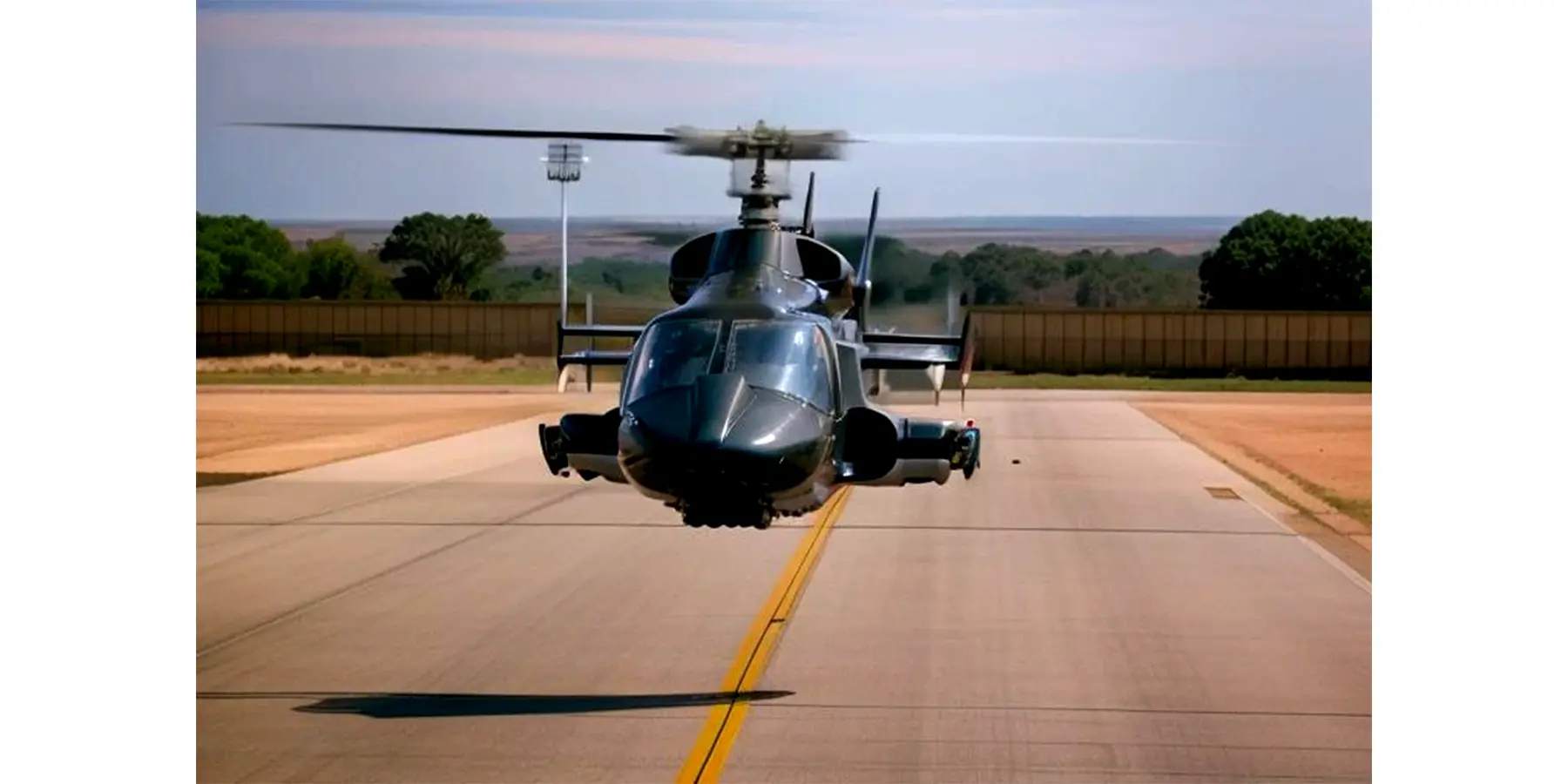
Did Airwolf Boost Military Enlistment?
While we don’t have hard stats like Top Gun, there’s no denying Airwolf glamorized military tech. With its black ops missions and cockpit drama, it made helicopter aviation look like the most elite, unsanctioned job on Earth. If you were 12 and watching this in 1984, you absolutely imagined joining some secret government chopper squad.
The Father-Son Duo That Wasn’t
One of the show’s emotional anchors was the surrogate father-son relationship between Hawke and Santini. Dom wasn’t Hawke’s biological dad, but he was the emotional center—offering loyalty, bad jokes, and unconditional support to a man who played his emotions like a closed vault.
Their dynamic added heart to the hardware, reminding viewers that even in a world of missiles and shadow wars, connection still mattered.
Popularity and That Last-Season Plot Twist
Airwolf debuted strong—action junkies, tech nerds, and spy drama fans all tuned in.
- Run: 4 seasons (1984–1987)
- Total episodes: 79
- Peak buzz: Seasons 1–3 on CBS
- The nosedive: Season 4, post-cancellation, revived by USA Network with a new cast and micro-budget
Why Did the Cast Change?
CBS canceled the show. USA revived it—but on a shoestring budget. Jan-Michael Vincent and Ernest Borgnine didn’t return (nor did the audience, really). The new team was a cheaper, less charismatic copy, and fans rejected it like a faulty rotor blade.
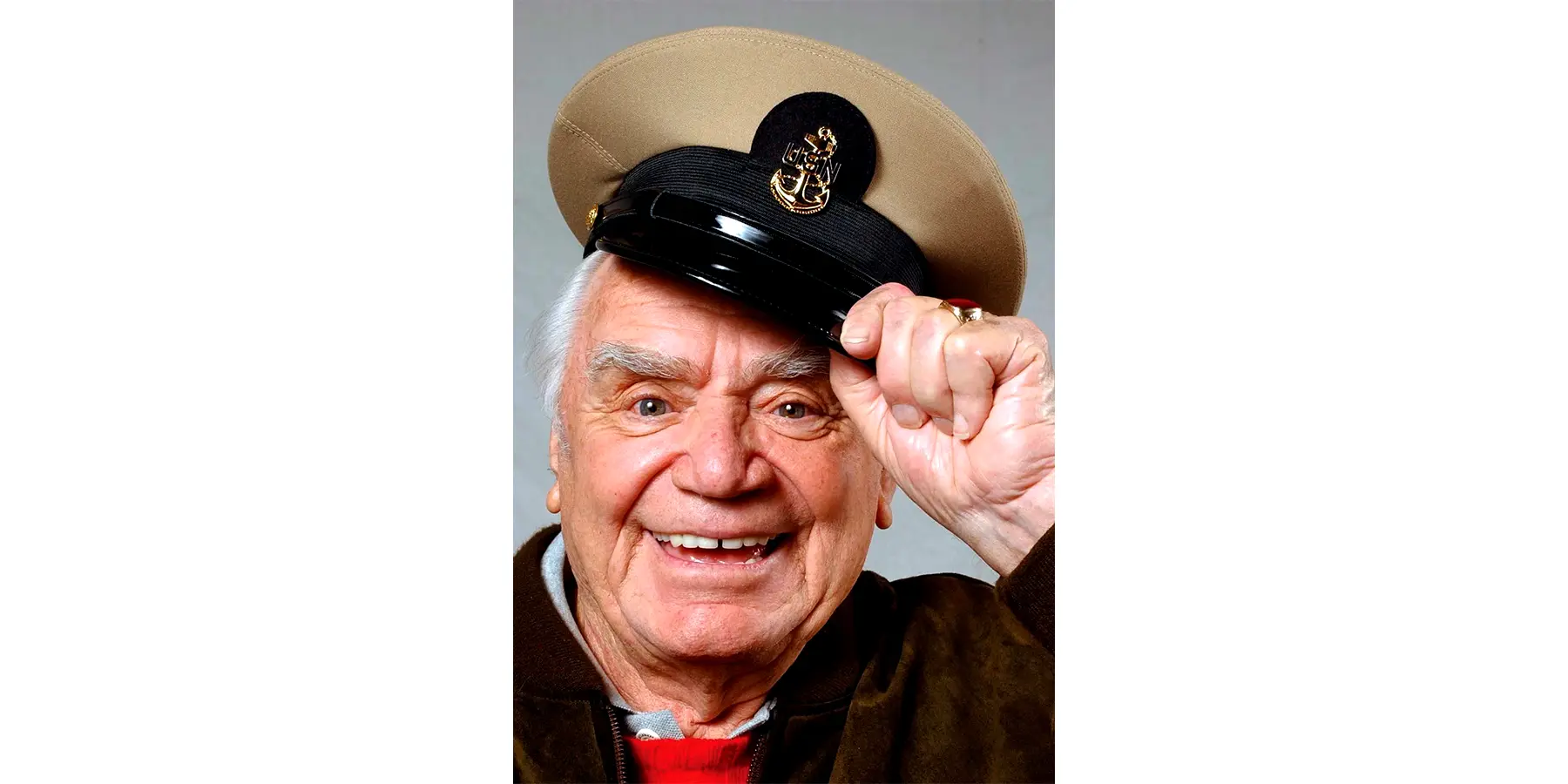
Spotlight on Ernest Borgnine
Long before he was flying black helicopters, Ernest Borgnine had an Oscar for Marty (1955), led commandos in The Dirty Dozen, and starred in McHale’s Navy. As Dominic Santini, he brought big-hearted charm and old-school grit, grounding the show with real gravitas.
He was the guy who made you believe that a retired stunt pilot could hack into military databases while making pasta from scratch.
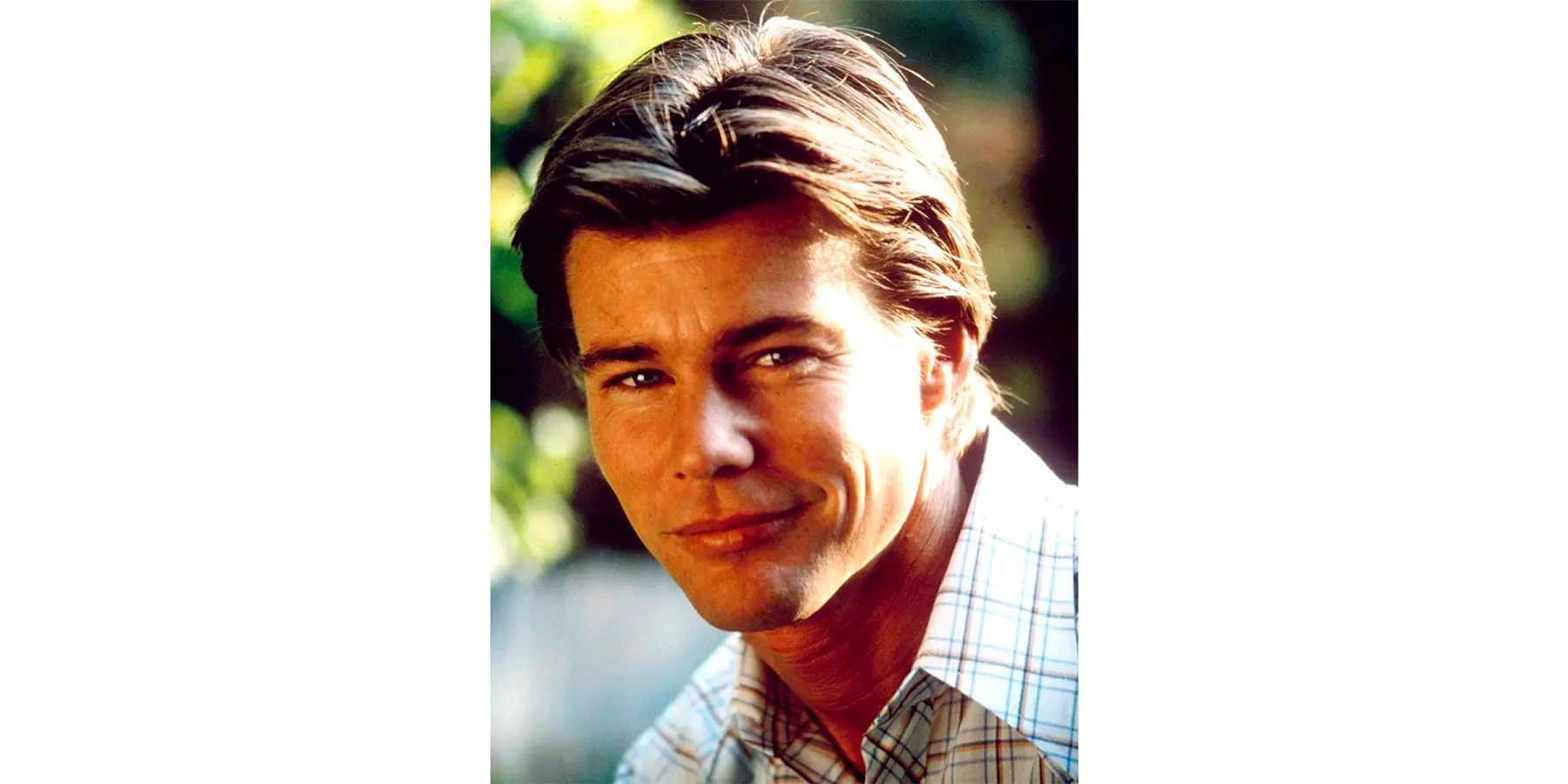
The Rise and Fall of Jan-Michael Vincent
- Then: Jan-Michael Vincent was once the highest-paid TV actor, raking in $200K per episode. He had the face, the presence, and the motorcycle cool.
- Now: His story became one of Hollywood’s most tragic cautionary tales. Battling substance abuse, legal troubles, and later serious health issues, Vincent faded from the spotlight. He passed away in 2019, a fallen icon of ’80s television.
Strange On-Set Accidents
Given the high-flying stunts, some turbulence was expected:
- A stuntman was injured during a helicopter stunt—though not seriously.
- Ground crashes involving replica helicopters occurred, but luckily no major injuries were reported.
It was a show about pushing limits—sometimes it did just that behind the scenes too.
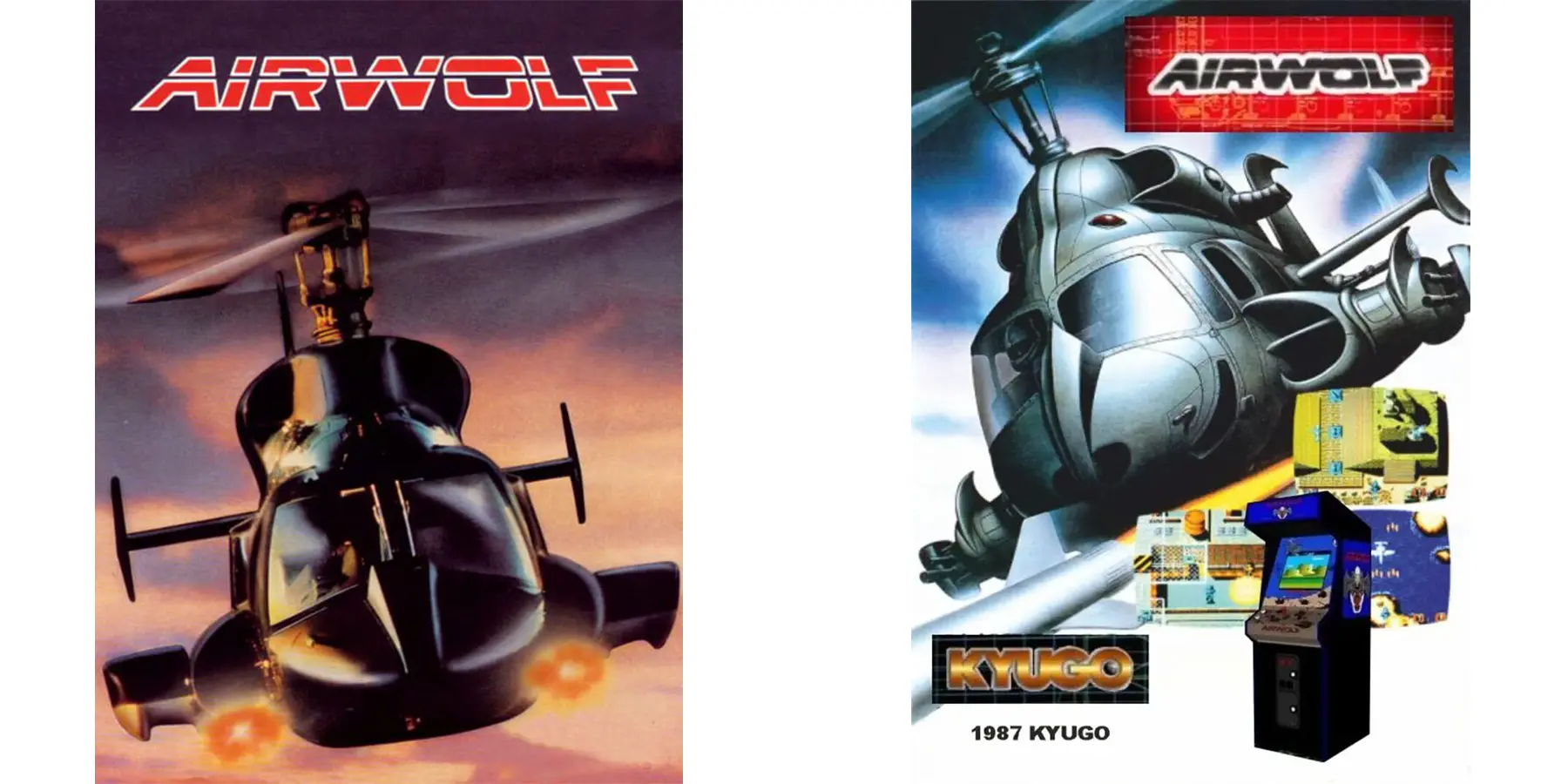
Airwolf in the Arcade, on the NES, and Beyond
You knew Airwolf was a big deal when it showed up on video game cartridges and lunchboxes.
The Games:
- NES
- Commodore 64
- ZX Spectrum
- Amstrad CPC
- Atari 8-bit
The Merch:
- Model kits of the Airwolf chopper
- Action figures
- Branded lunchboxes
- Trading cards
- Paperback novelizations
Marketing blitz? Think TV ads, comic book inserts, and toy aisle dominance.
Final Transmission: The Legacy
Airwolf wasn’t just a TV show. It was an aesthetic, a vibe, a Cold War daydream wrapped in titanium and scored by synthesizers. It gave us high-speed action, emotional storytelling, and an unforgettable soundtrack.
And while it may not have had the decades-long legacy of Knight Rider or The A-Team, it’s burned into the collective memory of a generation that grew up believing secret helicopters might be hiding in the canyon behind your house.
